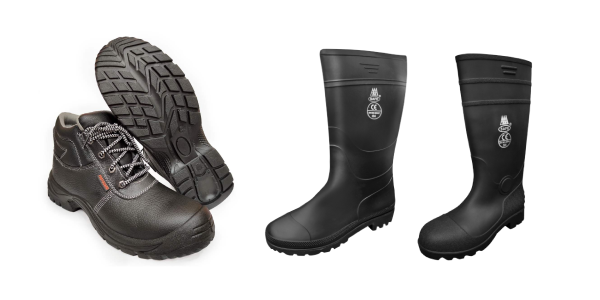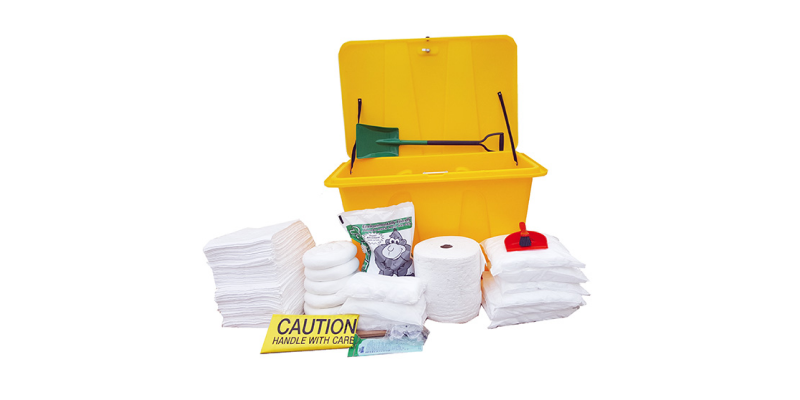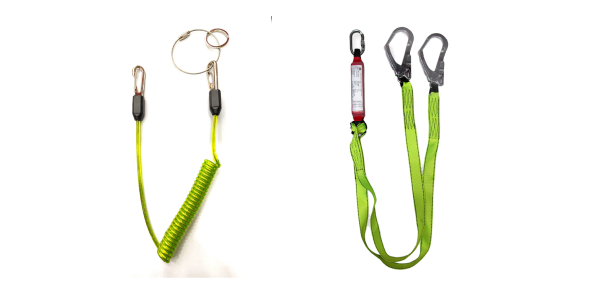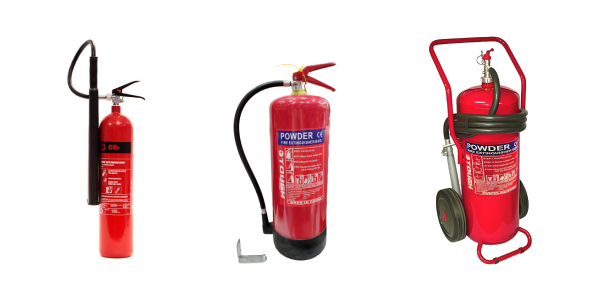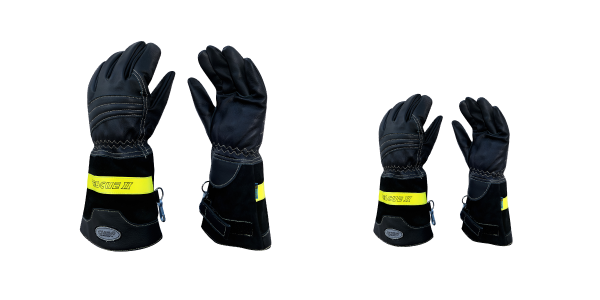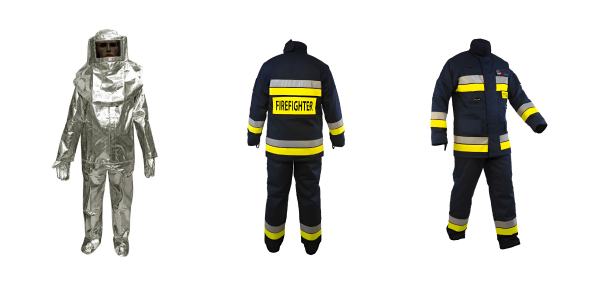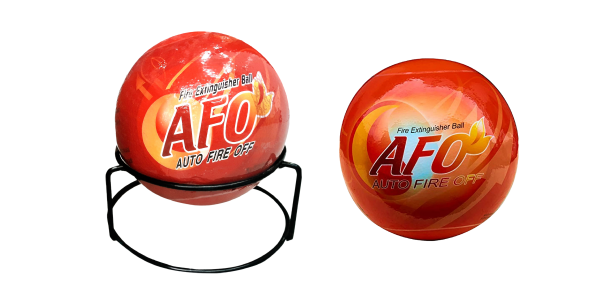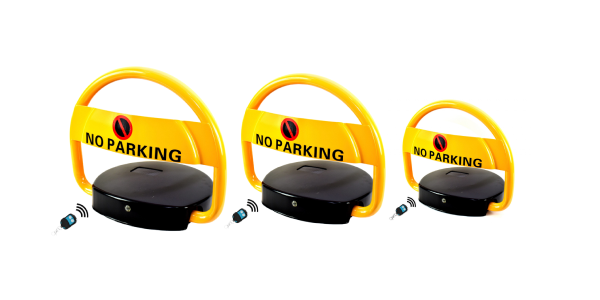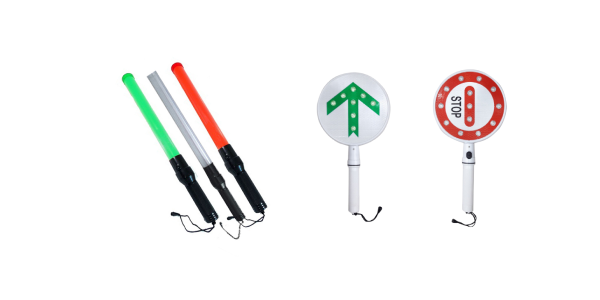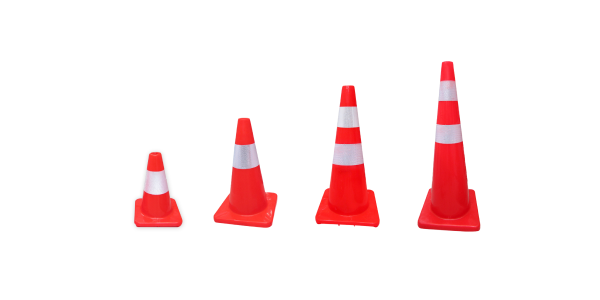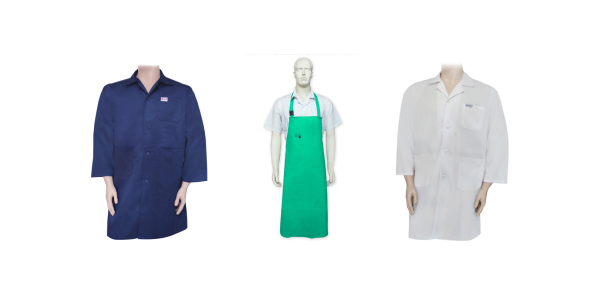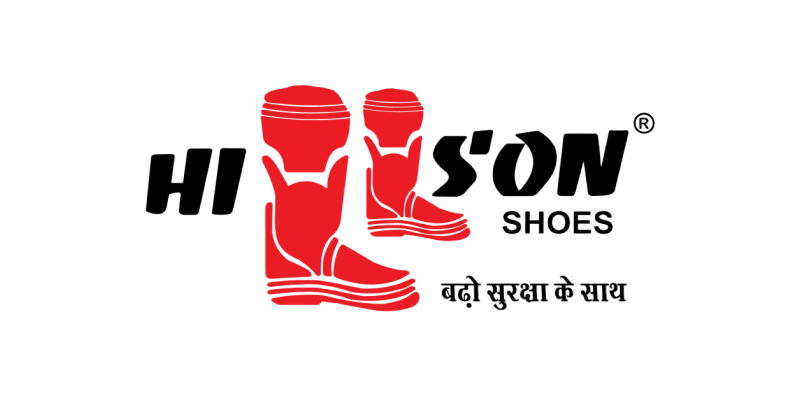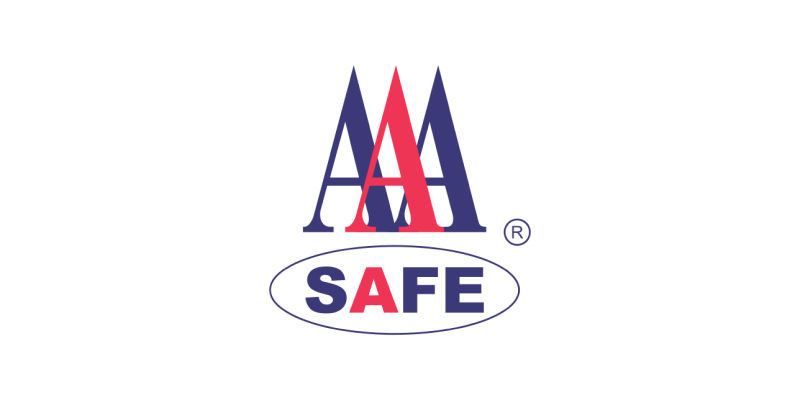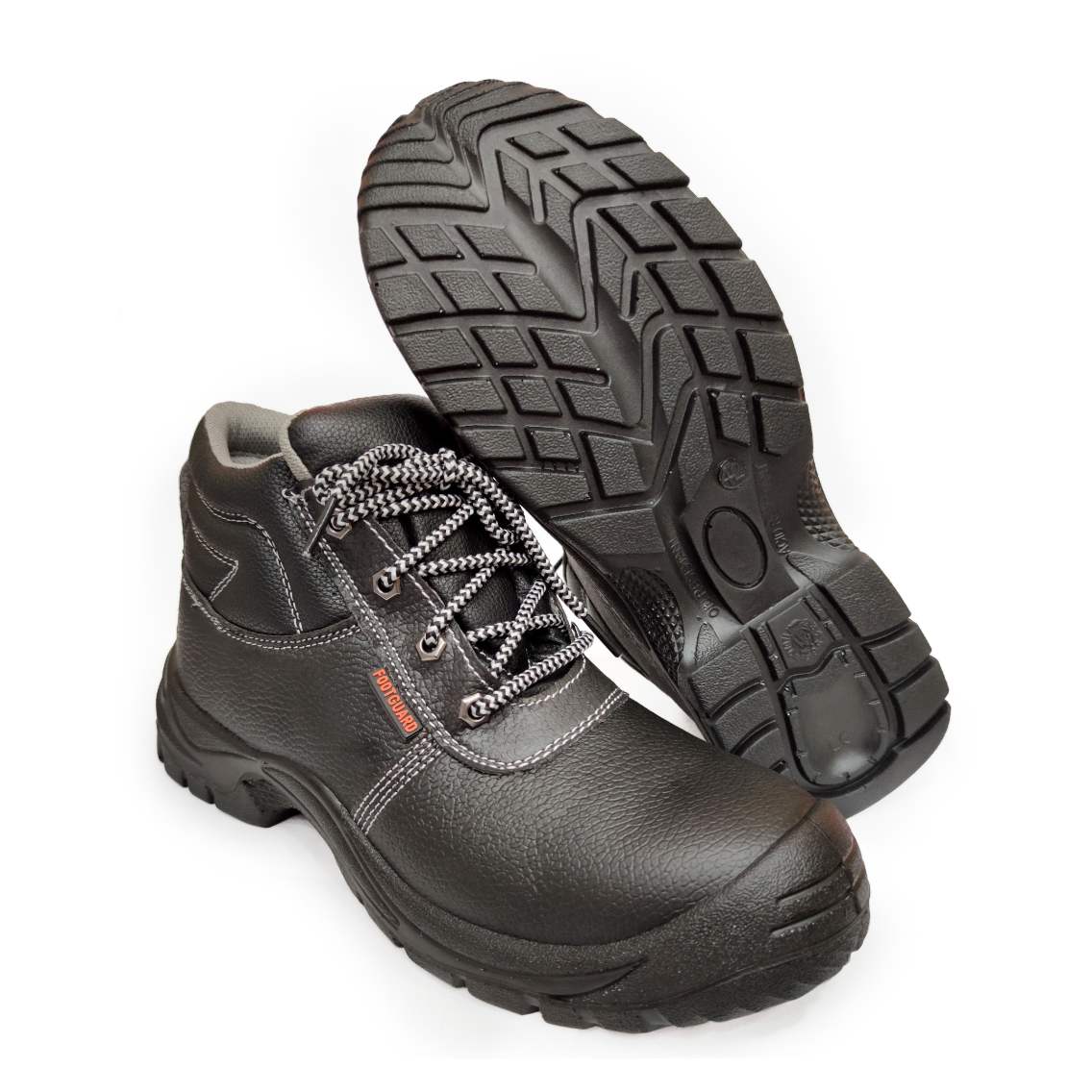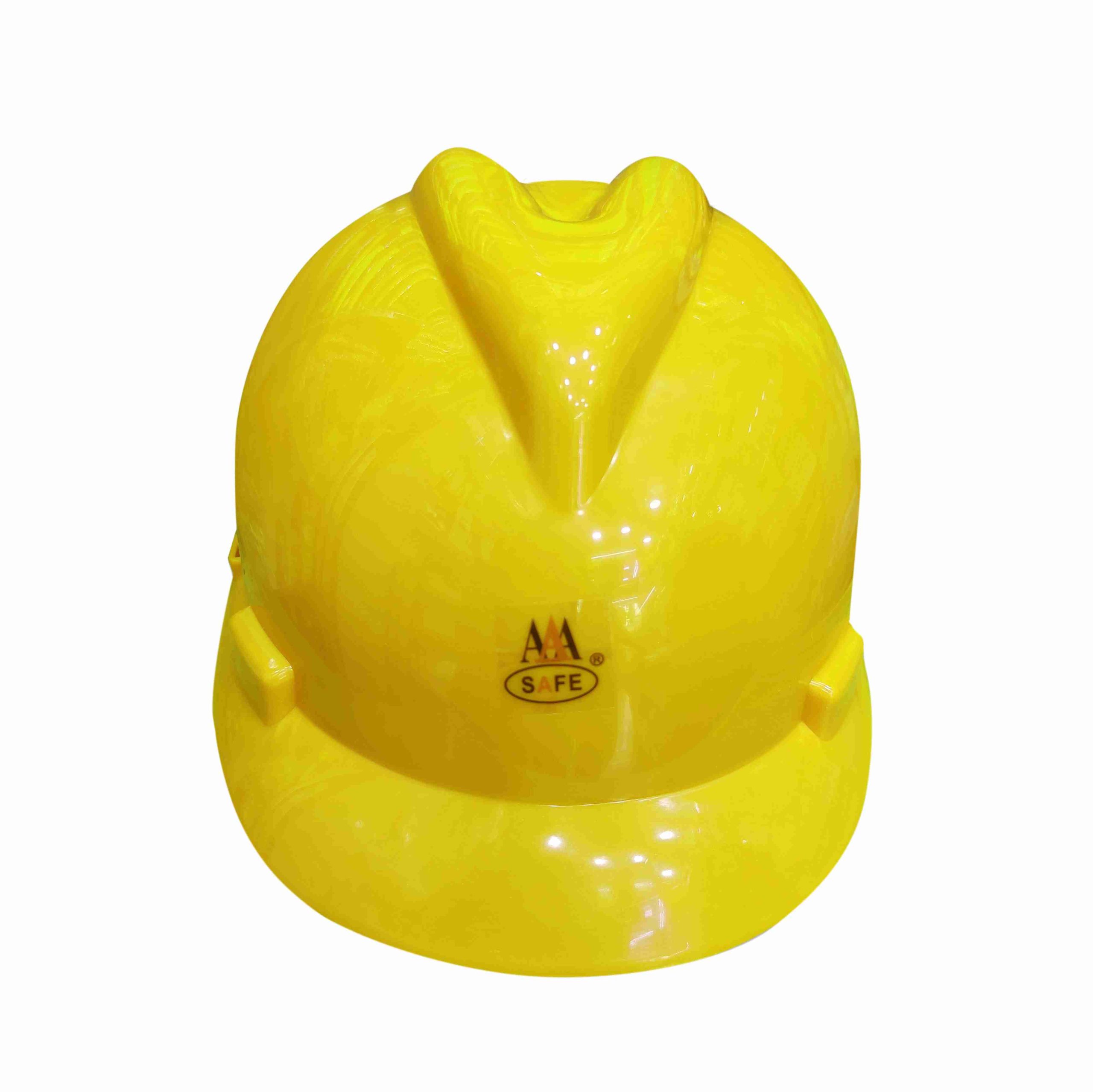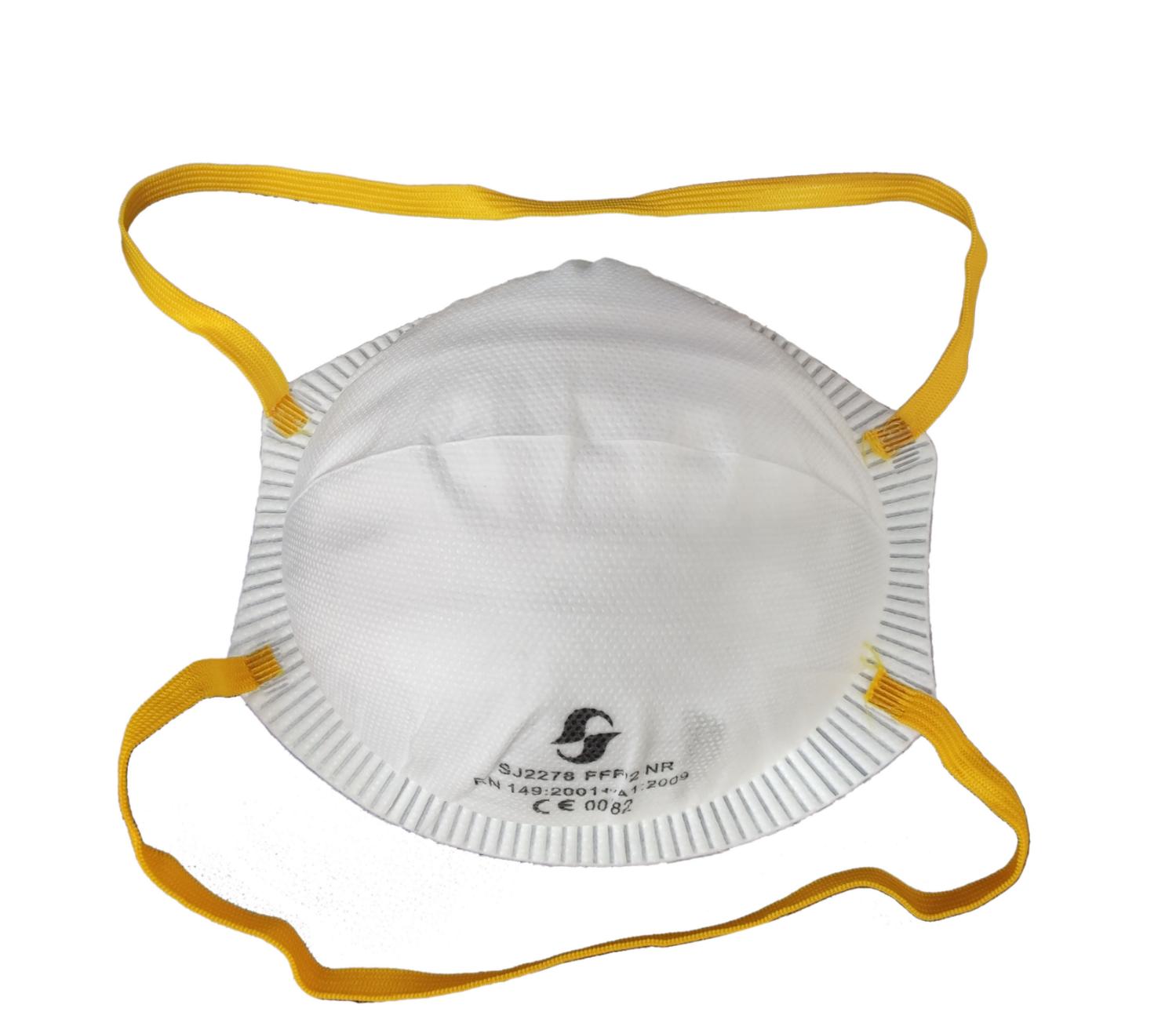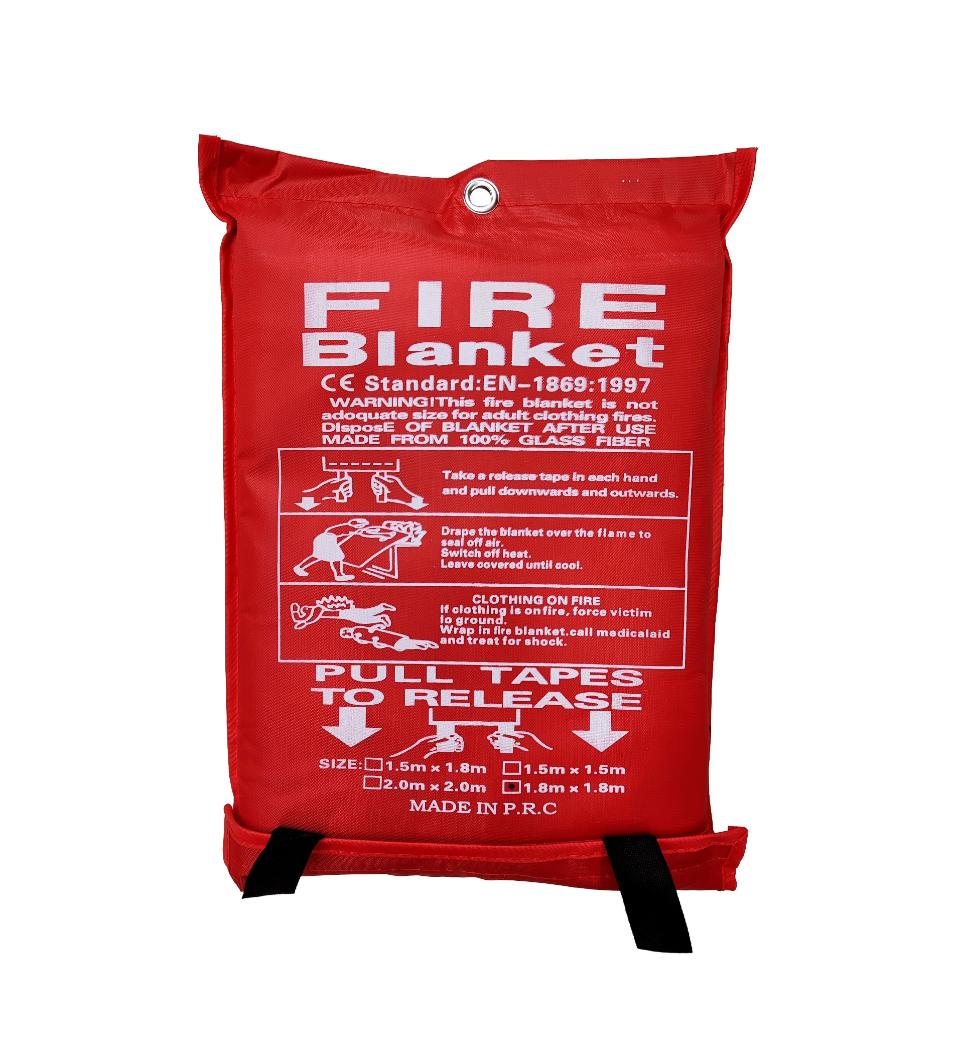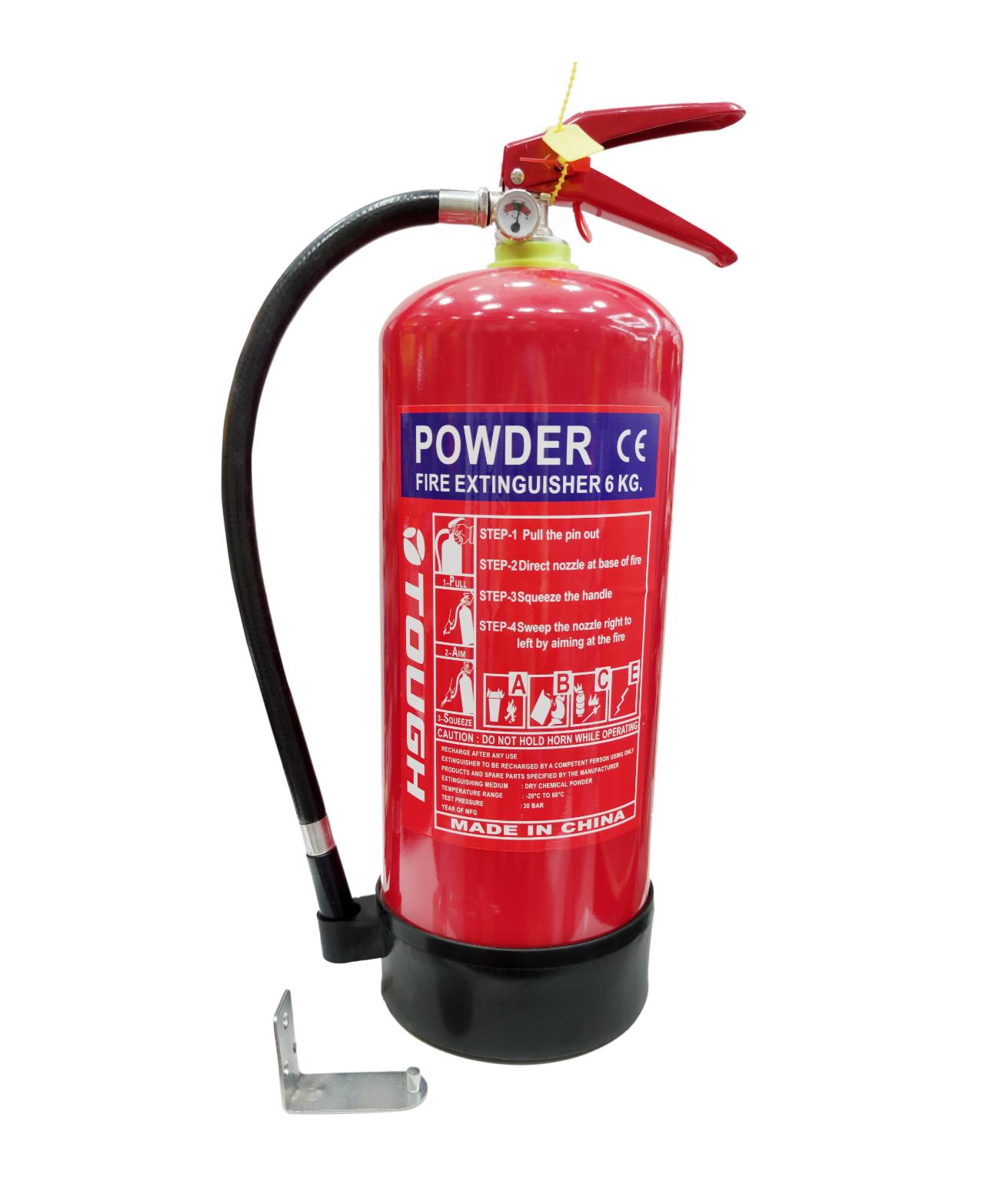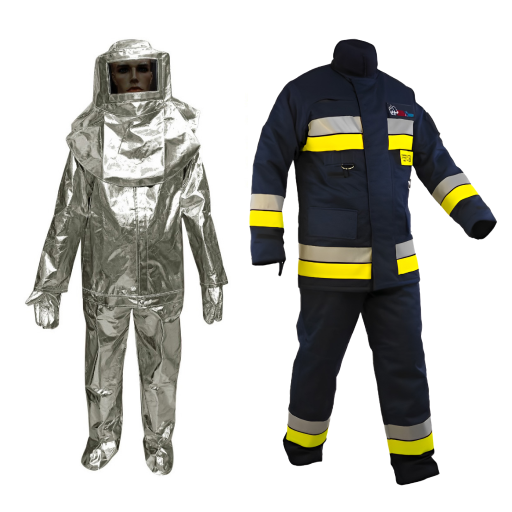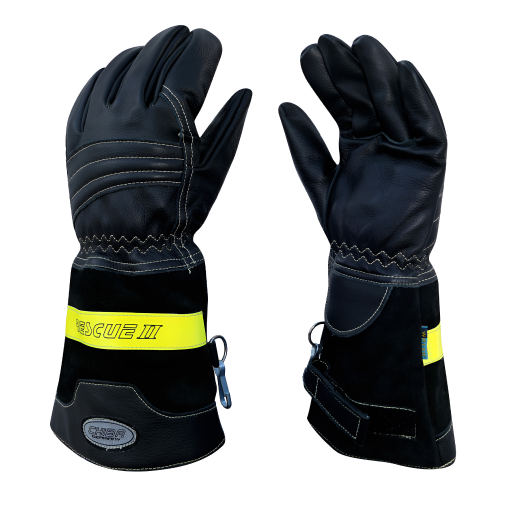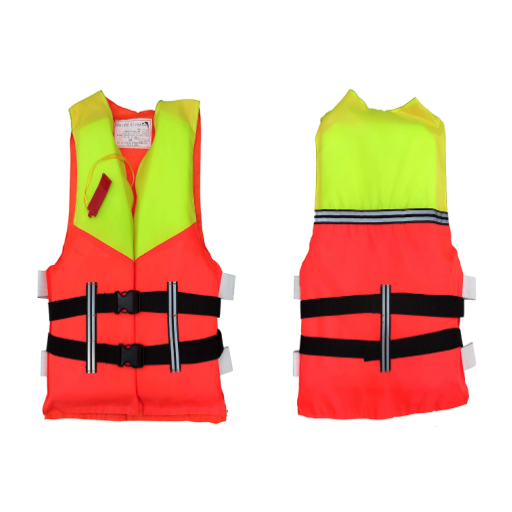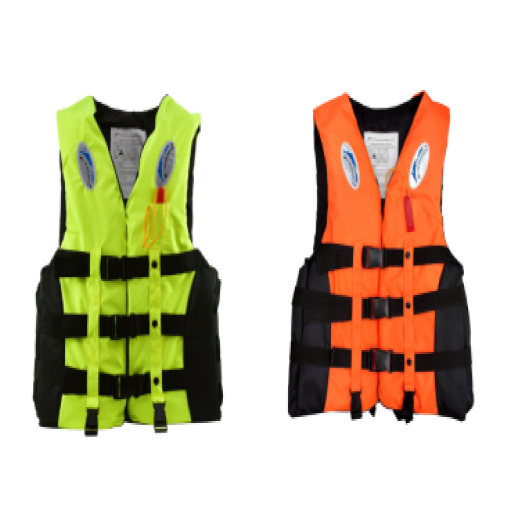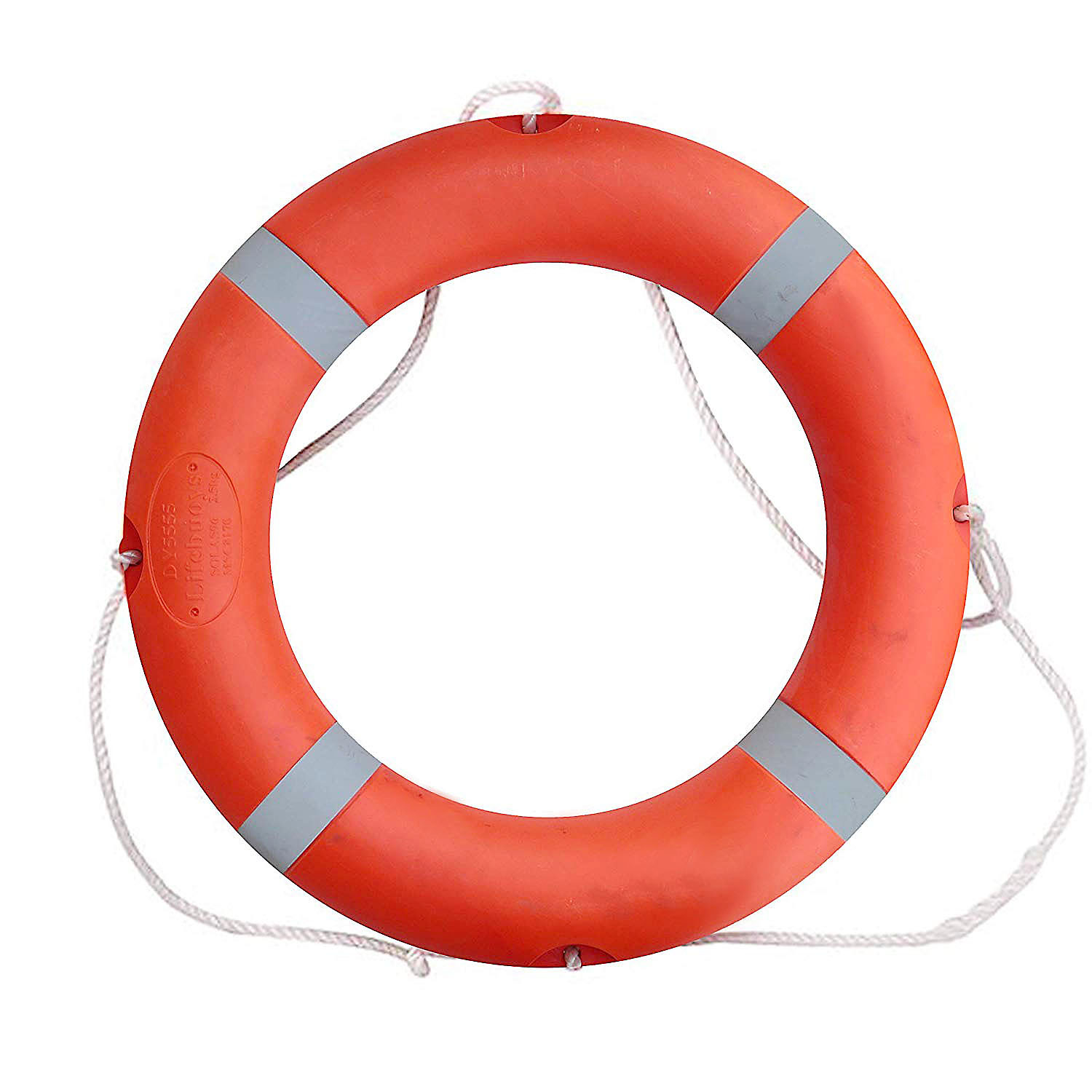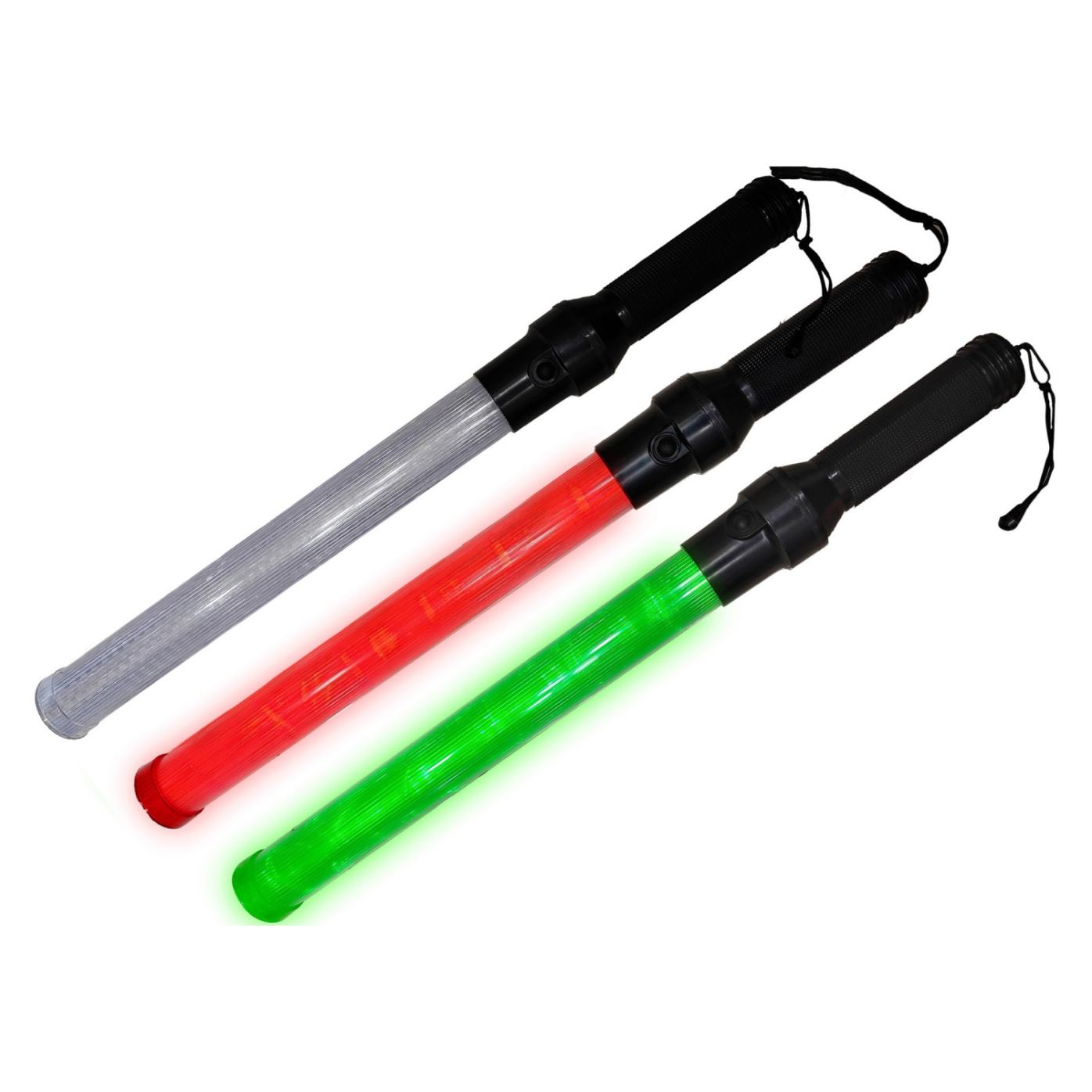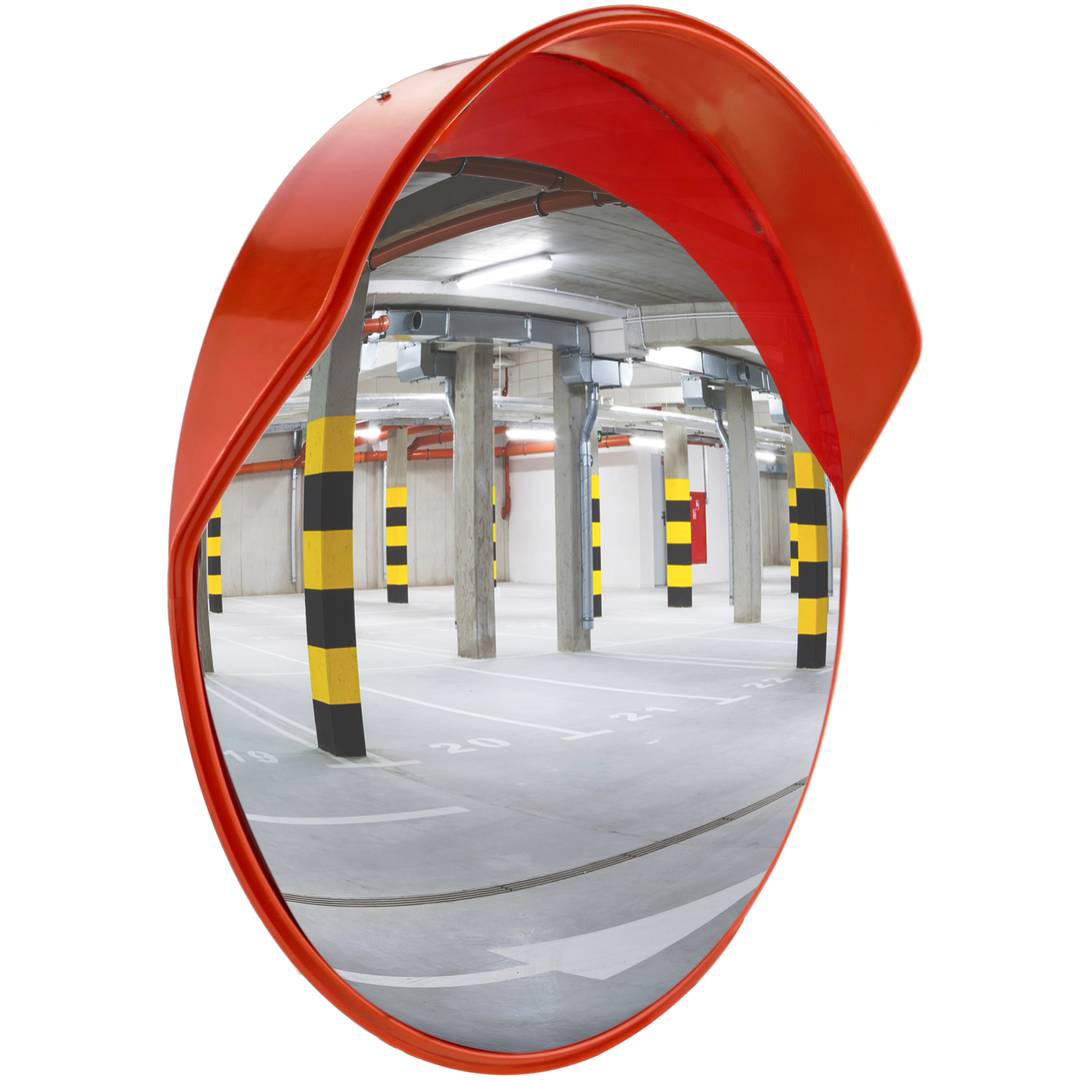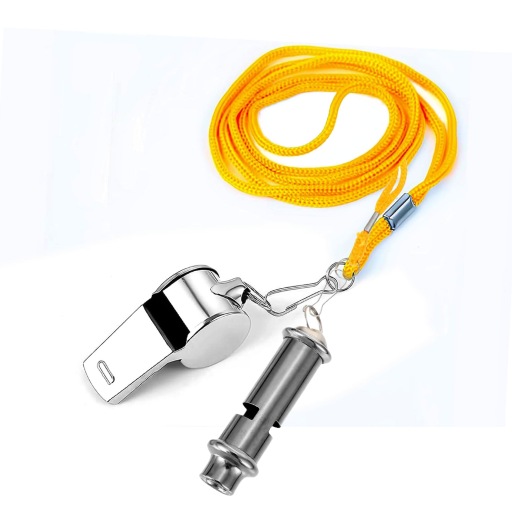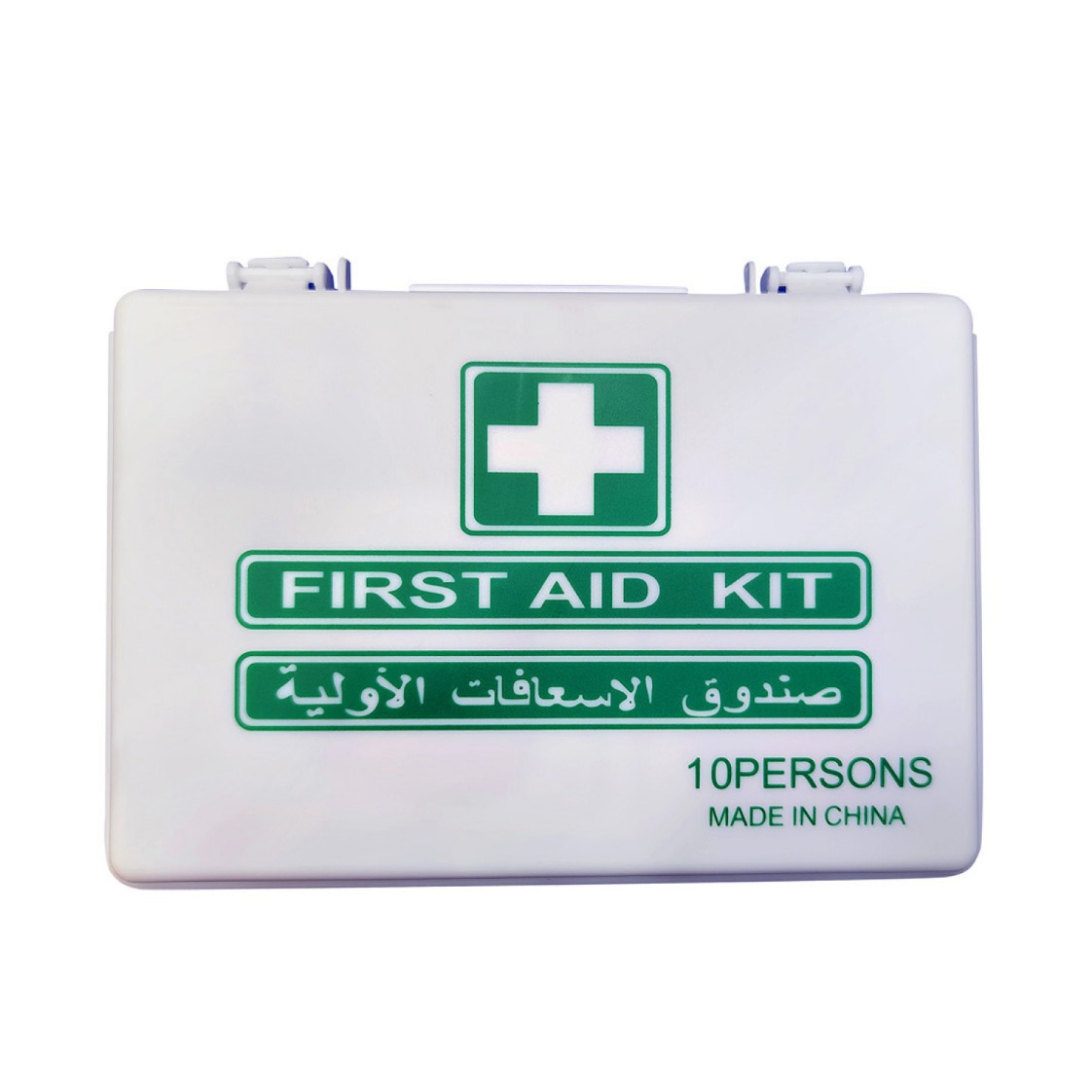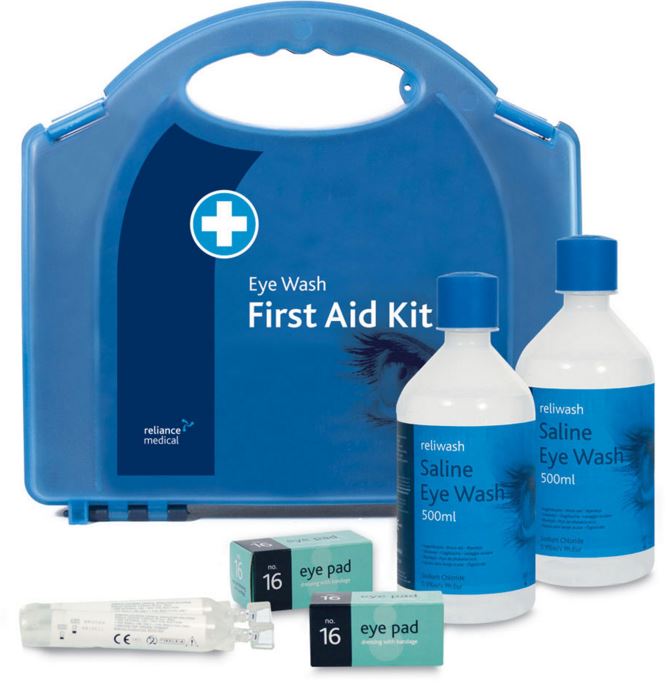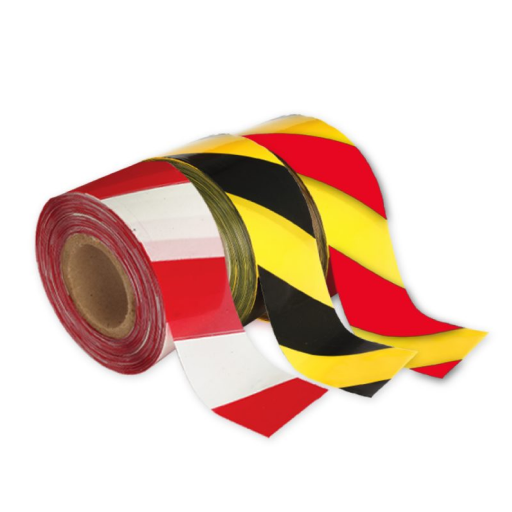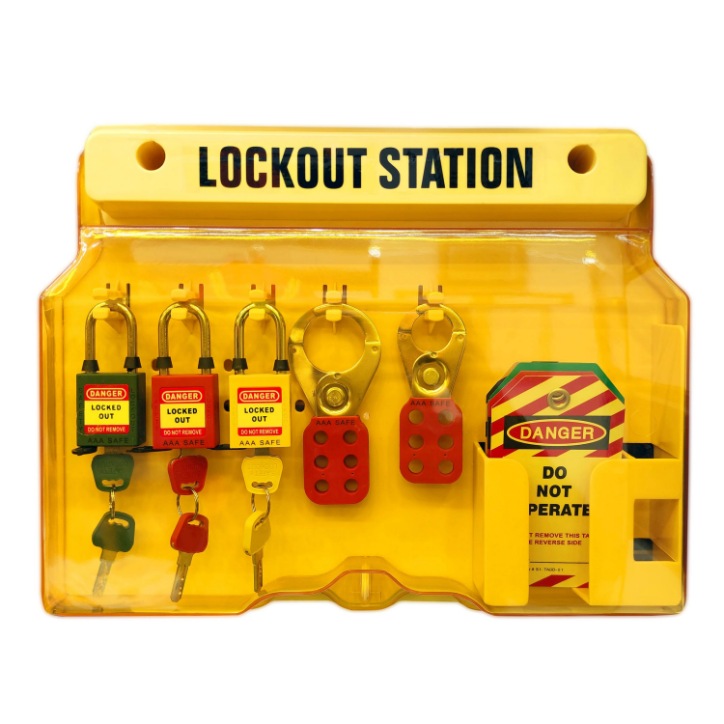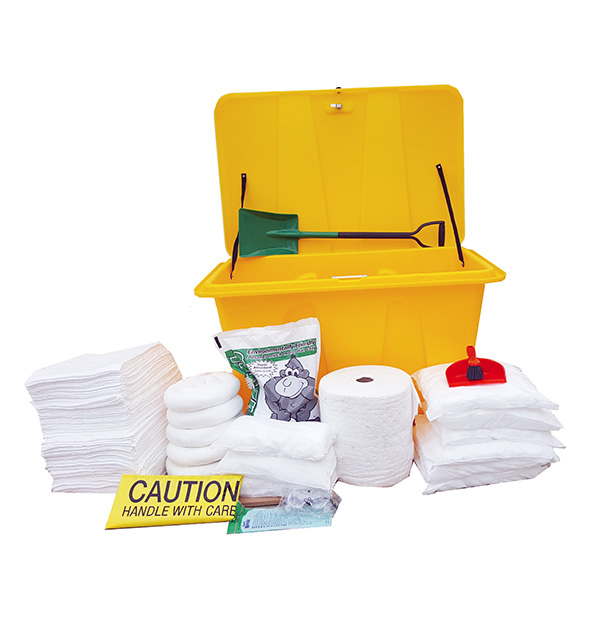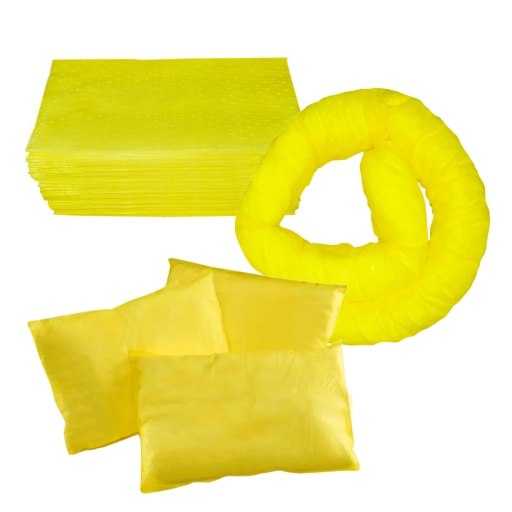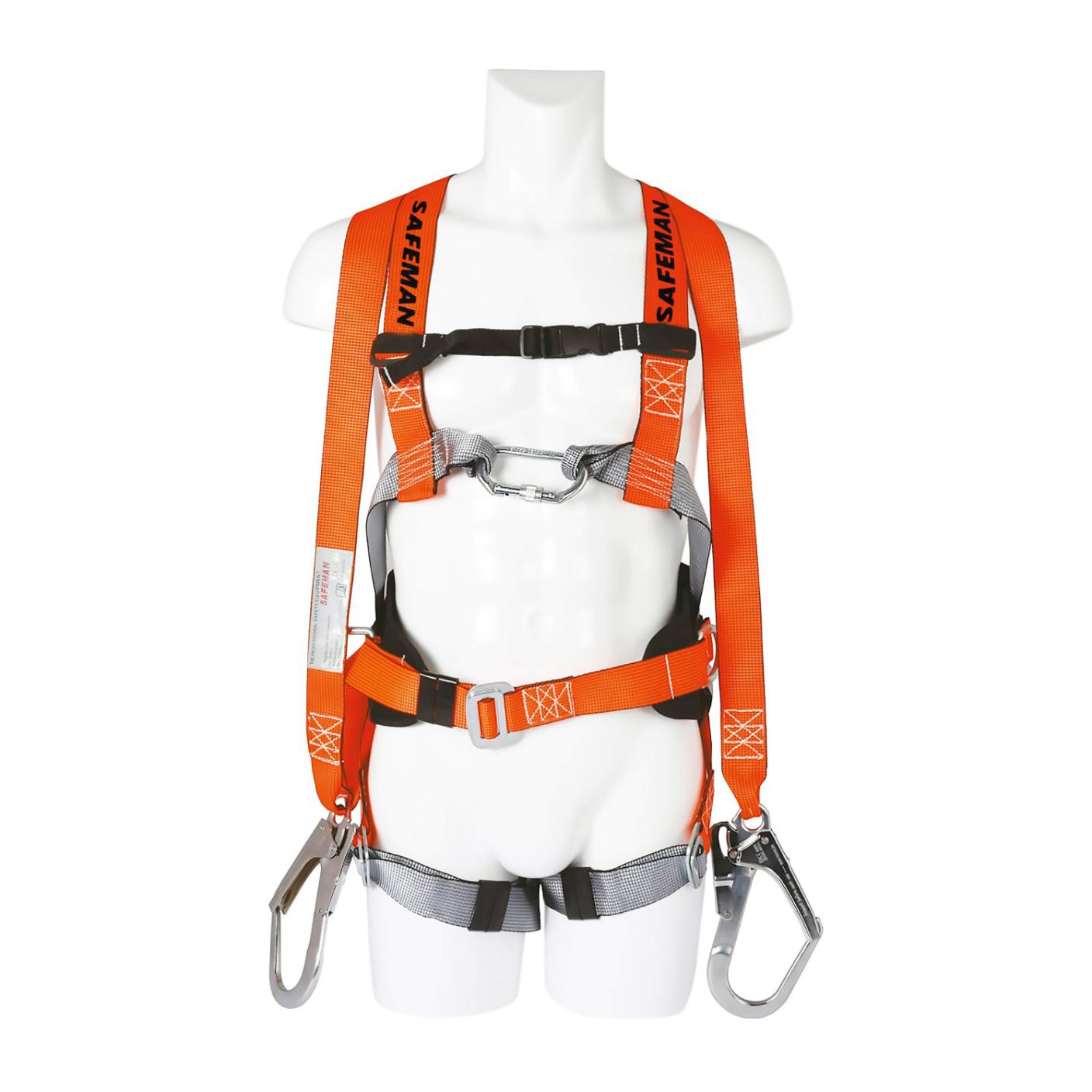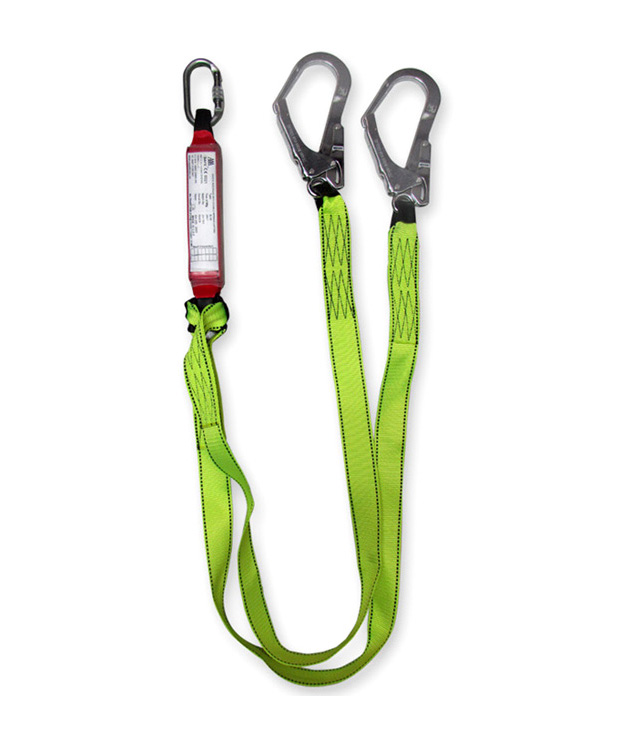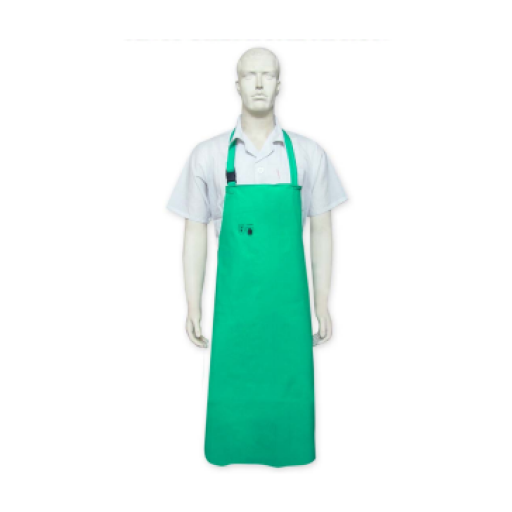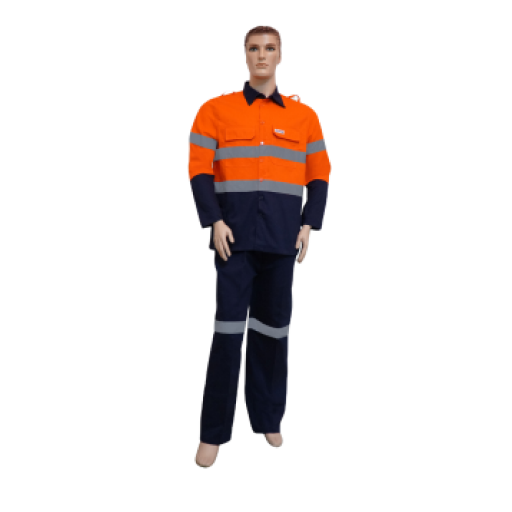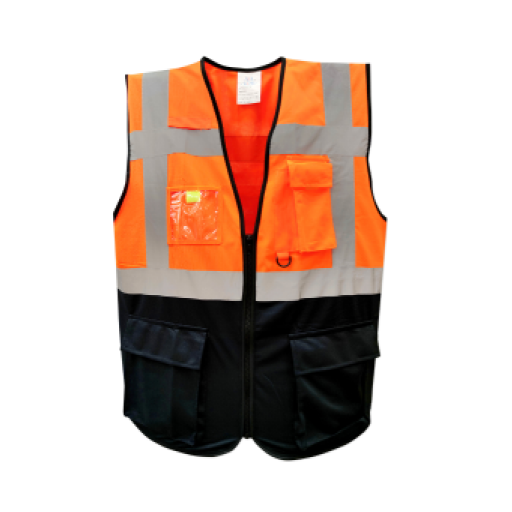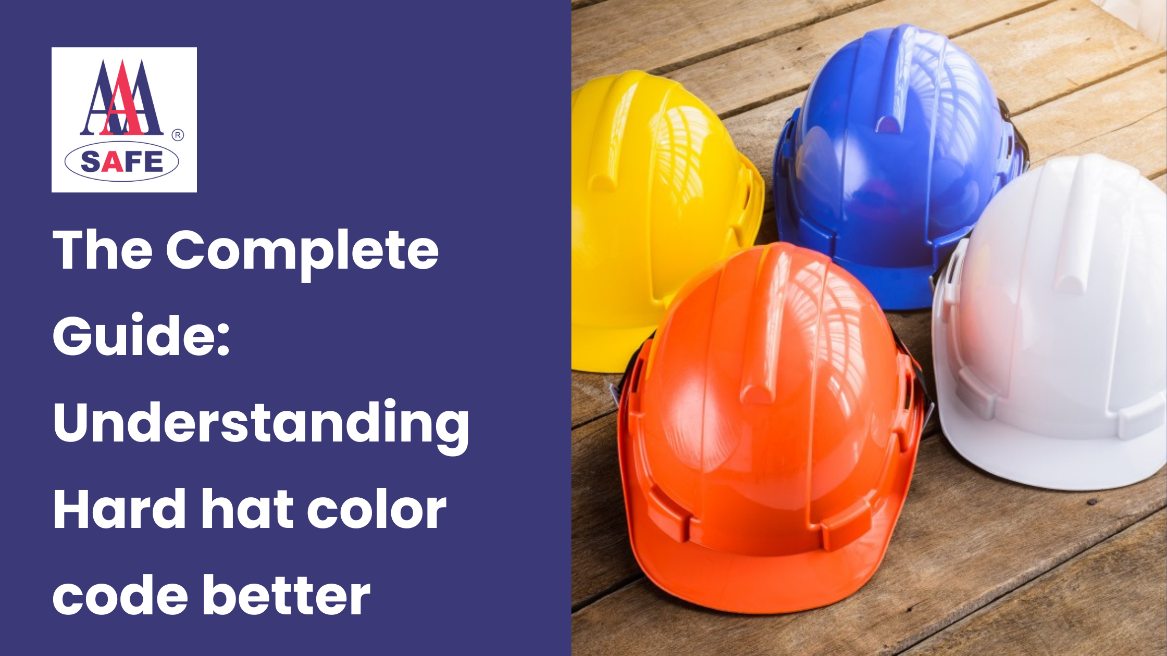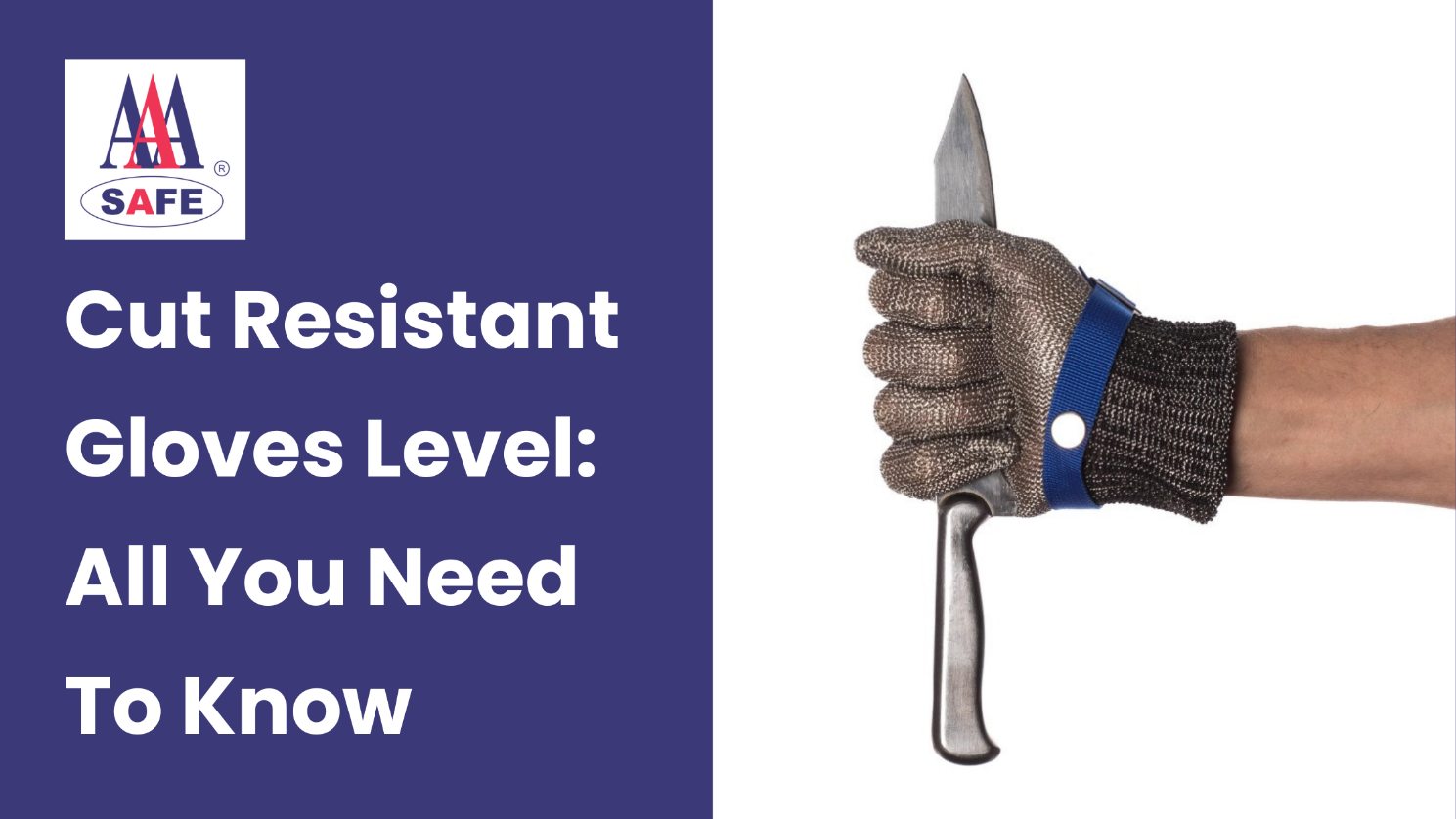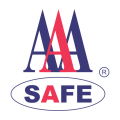A Manufacturing Worker’s Guide to Improve Ear Protection At Work
Noise pollution is common in the industrial sector. The heavy machines, equipment and production processes produce a significant level of noise that damages the hearing abilities of those who are constantly exposed to it.
Over an eight-hour shift, workers may be exposed to continuous loud noises exceeding 85 dB, which can be harmful to their health because high decibel levels can cause inner ear nerve endings to die. Extended noise exposure can cause irreversible hearing loss and more dead nerve endings.
Many people who are working in the manufacturing sector are suffering from hearing issues. Since it can cause irreversible harm to the ears, prevention is crucial. One should be mindful of utilizing the appropriate hearing protection equipment according to his workplace. But apart from hearing protection devices, there are other tips you could use to protect your employees from hearing loss.
5 Tips to Improve Ear Protection For Manufacturing Workers
- Educate/train your workers
To keep our ears safe at work, education and training are essential. Employees must be aware of the dangers of loud work environments and acquire hearing protection techniques. In environments like manufacturing, where loud noises are typical, it is simple to ignore the long-term effects on our hearing. However, hearing loss is a prevalent concern. Employers should inform their staff members that hearing loss is a genuine concern. Employees need to be aware of this to exercise caution not only at work but also in noisy areas outside of it. Better hearing tomorrow is ensured by education today.
- Give them ear protection devices
Ensuring the well-being of manufacturing workers goes beyond just the production line; it’s about safeguarding their health, and that includes protecting their hearing. By providing the right hearing protection devices (HPDs) and thorough training, we invest in the long-term safety of our team. There’s a plethora of HPDs available, each catering to different needs. Some companies go the extra mile, offering custom-made earplugs tailored to individual preferences.
In the dynamic environment of manufacturing, where noise levels can vary, a thoughtful combination of earplugs and earmuffs might be the ideal solution. Training sessions become essential, not just to teach proper usage but also to instil a sense of responsibility. Workers learn to care for their HPDs, understanding that a well-maintained device ensures their safety. This training isn’t just for the workforce; it involves managers too, reinforcing a collective commitment to a workplace where every voice, quite literally, matters.
- Regular hearing assessments
Frequent hearing evaluations assist factory workers in protecting their priceless hearing, just like annual physicals for our ears. It’s simple to ignore the slow alterations in our hearing in the noisy environment of production, where we are constantly surrounded by the noises of machines and operations.
These examinations not only identify early indicators of hearing loss but also provide employees with the information they need to safeguard their auditory health. Conducting routine hearing evaluations is a proactive step that can offer valuable insights into the impact of workplace noise, much like going to the doctor for regular check-ups.
- Control the source
Treating the underlying cause of the issue and finding a remedy at its source is the greatest long-term approach to industrial noise management. Any form of control, nevertheless, won’t be effective until a thorough investigation is carried out to pinpoint the source and quantify its contribution to the facility’s overall noise level.
Once the origins of the noise have been located, you can install the required control mechanisms to reduce or completely get rid of loud noises and vibrations. Retrofitting vibration damping is one such control technique.
Vibration damping reduces noise by up to 30 decibels by controlling the passage of high-frequency sound through the installation of absorptive panels or casing.
Investigating engineering solutions for noise suppression will solve the main issue and make the workplace safer. Adjusting conveyors, chutes, fans, hydraulics, and other noise sources to reduce noise are common ways to counteract noise-induced hearing loss (NIHL) in the production line. While some may be expensive, others can be purchased at a reasonable price, and even a modest 10 dB reduction in noise can have a significant impact on worker safety.
- Follow legal standards
According to Dubai Municipality technical guidelines, employers must provide their employees with ear protection devices and solutions if noise levels at work are consistently higher than 85 dB for eight hours. Ear protection may be required even if the loud noises last for less than eight hours based on the level of noise. For example, if your workers are exposed to 100 dB of noise for even two hours, they would still need ear protection. Before advising employees to wear earplugs or other protective gear, employers should first put in place appropriate arrangements and engineering controls to lower the noise level.
Types of Ear Protection Devices
Selecting the ideal ear protection is similar to getting the ideal fit for your ears. Soft foam or silicone earplugs fit comfortably into your ear canal. They keep your ears toasty without breaking the wallet and are available in both reusable and disposable varieties.
Earmuffs completely isolate your ears from outside sounds, providing superior noise reduction. They resemble comfortable blankets for your ears. They are also easily adjusted for extended wear. If you’re looking for something a little more special, custom-moulded earplugs are made to fit the particular curves of your ear and offer excellent comfort and protection.
Canal caps combine functionality and stability in a stylish style, with a headband that feels like a tight hug.
Investigate Non-compliance
Take a closer look if your workers are neglecting their ear protection, despite having the right gear. Dive into your workplace’s safety culture. Check if the supervisors on the floor are setting an example by wearing their hearing protection. Leading by doing speaks volumes. If managers skip it, workers may think ear protection isn’t a big deal. Do you foster a positive attitude toward hearing protection? Regular reminders and refreshers with a positive approach can make a big difference. Workers might forget if not used to the rules, but a reminder shows you care about their safety, building trust. Avoid harsh methods; they may work short-term but won’t build a lasting understanding or a positive safety culture.
What Workers Can Do to Protect Their Hearing at Work?
In the loud hustle of construction, with the roaring machines and constant activity, workers need ear protection. Blasting, bulldozing, and quarrying create a symphony of noise. Workers involved in these activities daily can take some initiatives on their own to protect themselves from the harms of noise pollution.
- Communication is key: Talk to your employer if you notice any changes in your hearing, even if it’s just a little bit.
- Team up with your employer: Work together with your employer to find ways to protect your hearing. They’re there to help.
- Follow safety procedures: Stick to the safety rules your employer has set up. They’re not just guidelines; they’re meant to protect your ears.
- Wear your protection gear: If you were given ear protection, wear it as if your life depends on it – always, especially in noisy areas.
- Handle with care: Treat your hearing protection gear like a treasure. Follow the user instructions to keep it in top-notch condition.
- Check-ups matter: Attend those hearing checks. It’s not just a routine – it’s like a health checkup for your ears. Early detection can save the day.
- Speak up about issues: If something’s off with your hearing protection, don’t be shy. Report it to your employer. They want to know, and they can fix it.
Remember, your hearing is precious, and you’re not alone in the journey to protect it. Team up with your employer, follow the rules and proudly wear your ear protection gear. It’s your holy grail to get through the noisy battle of the manufacturing world.
Other Occupations That Might Need Hearing Protection
There are other occupations where employees are exposed to high noise levels. Here is a list of some occupations other than manufacturing where your employees can use a decent ear protection device.
- Musicians, whether jamming at home or rocking a stage, face hearing damage from loud music and amps. Earplugs are a must for gigs to safeguard your ears.
- Ambulance drivers are exposed to sirens hitting 130dB, risking hearing loss over time.
- Firefighters, exposed to extreme noise at scenes, rely on ear protection along with N95 masks.
- Landscapers, surrounded by loud outdoor tools, should guard against gradual hearing loss with occasional earplug use.
- Airport technicians near roaring planes often receive hearing protection to ease the discomfort.
In various occupations, prioritizing ear protection is vital for long-term hearing health. The long-term health of employees in manufacturing must prioritize ear protection. A safe and pleasant work environment is created by putting the proper policies into place, encouraging a culture of safety, and offering useful equipment.





